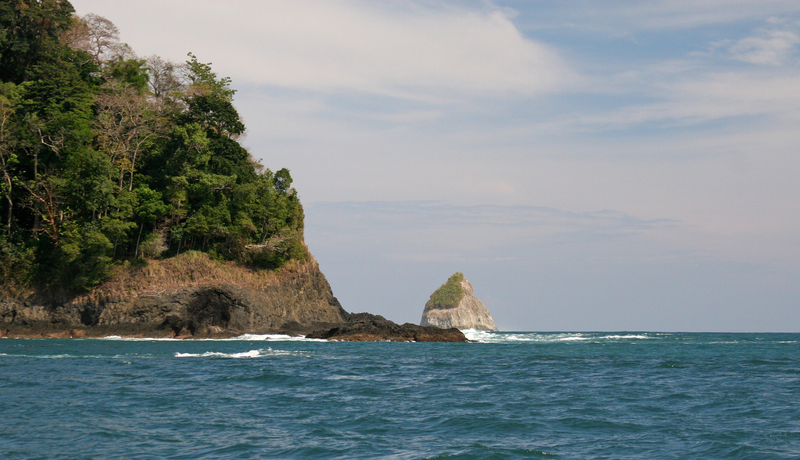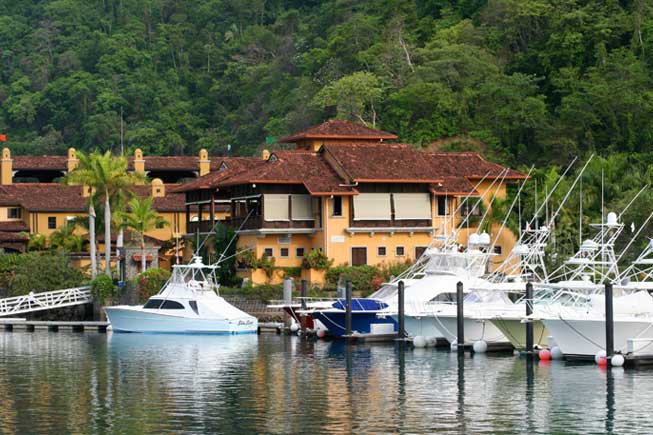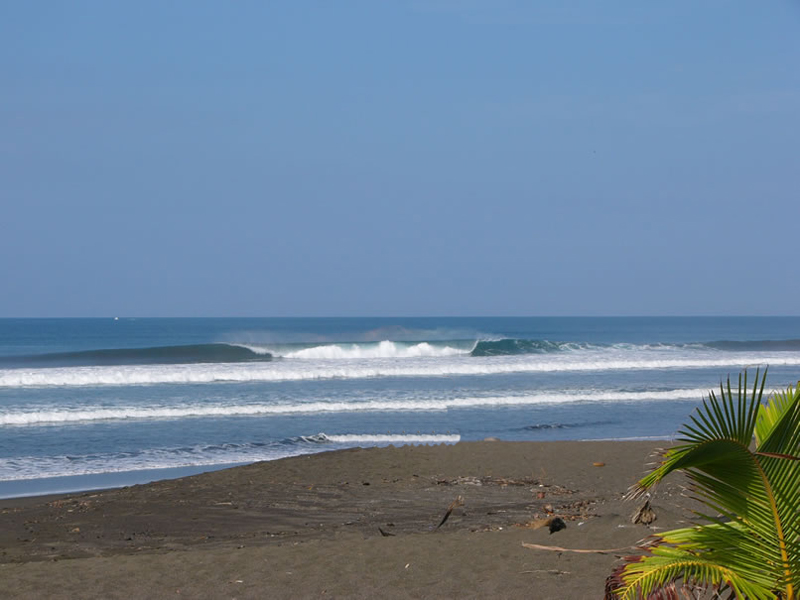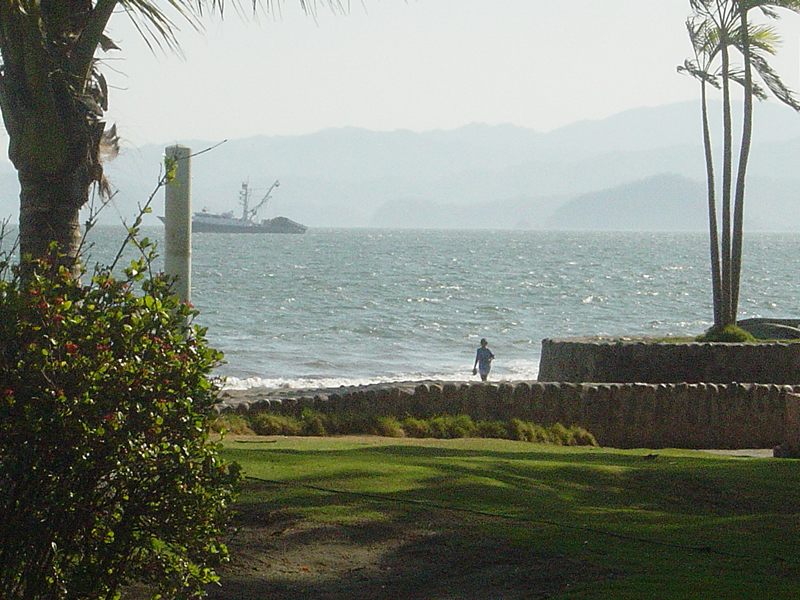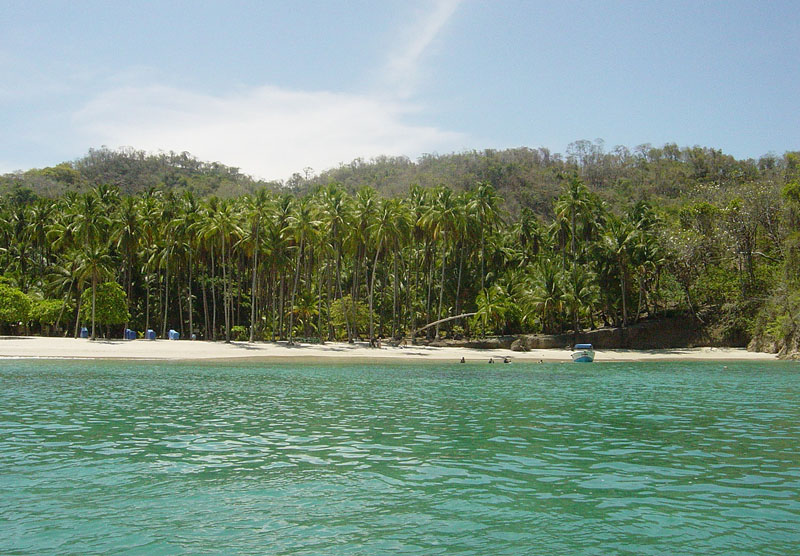 Tortuga Island is located just off the southeastern shore of the Nicoya Peninsula in the Golfo de Nicoya. The island is named after the Spanish word for turtle. Tortuga Island is actually made up of 2 uninhabited islands that lie in front of the Curu Wildlife Refuge. Clear turquoise water, white powdery sand beaches lined with palm trees has made Tortuga Island one of the most thought after and popular destination in Costa Rica. The turquoise waters make for unforgettable scuba diving, snorkeling and just a lazy day of swimming.
Tortuga Island is located just off the southeastern shore of the Nicoya Peninsula in the Golfo de Nicoya. The island is named after the Spanish word for turtle. Tortuga Island is actually made up of 2 uninhabited islands that lie in front of the Curu Wildlife Refuge. Clear turquoise water, white powdery sand beaches lined with palm trees has made Tortuga Island one of the most thought after and popular destination in Costa Rica. The turquoise waters make for unforgettable scuba diving, snorkeling and just a lazy day of swimming.
The only way to reach the Tortuga Islands is by a tour, with most tourists coming from San Jose to the port city of Puntarenas and then taking one of many boats to the Islands, tours can also be arranged from Montezuma and Tambor. Since the only way to get to the Tortuga Islands is by tour groups, weekends and during the winter months can find the island paradise a little crowded. Every so often a cruise ship will pull into the waters of Tortuga Island. Tour operators will usually supply snorkeling equipment and will include a lunch on the beach.
